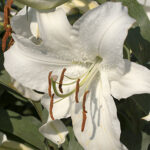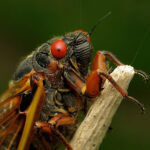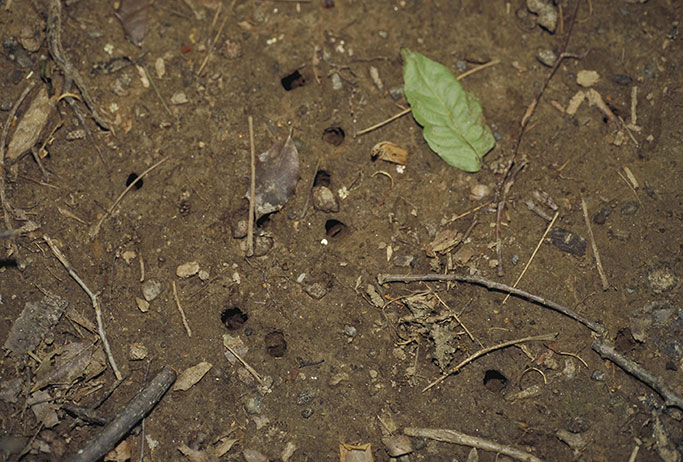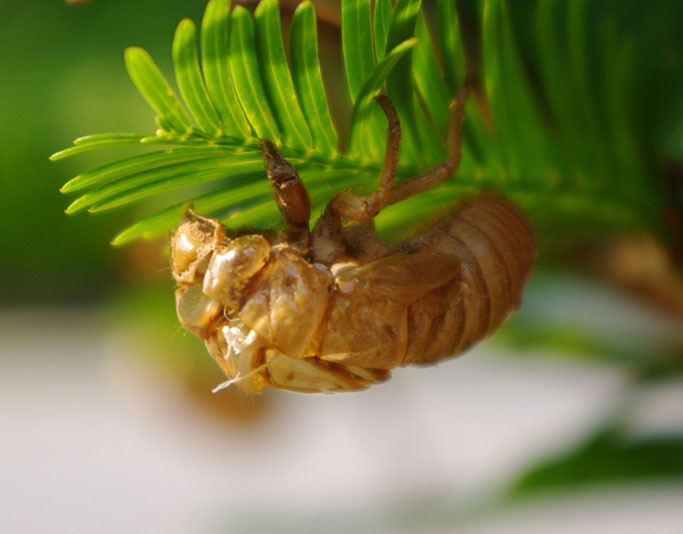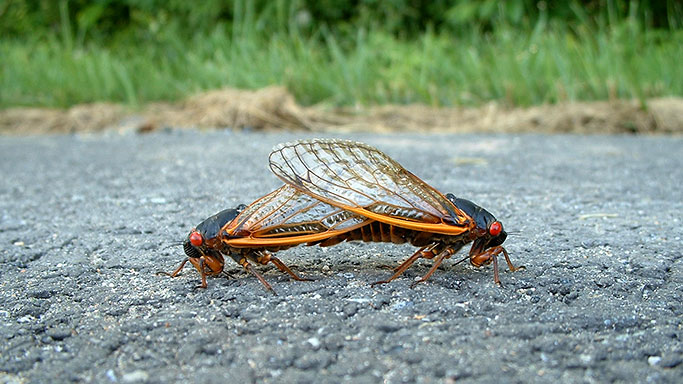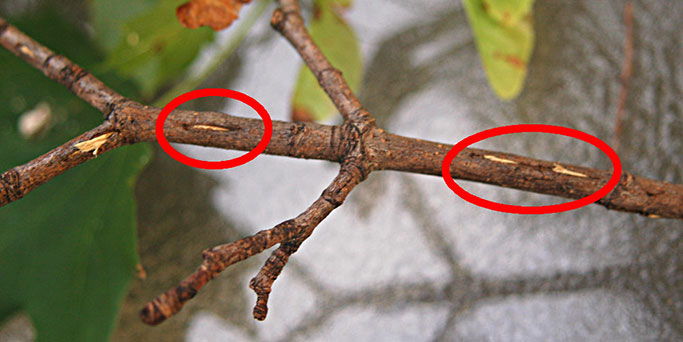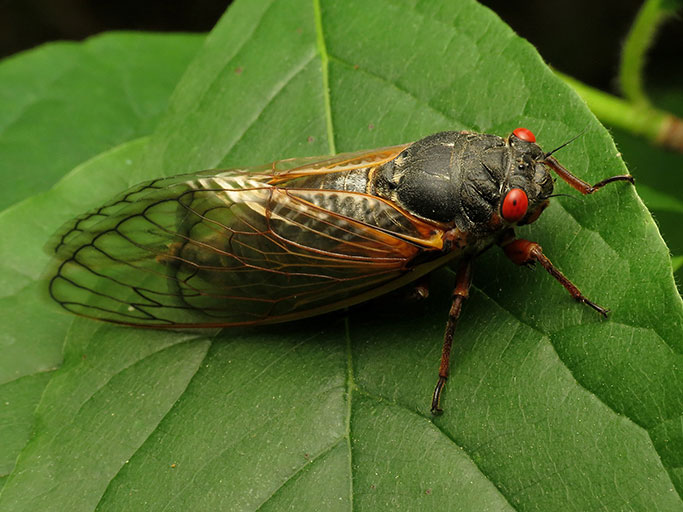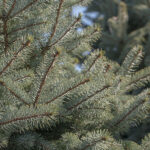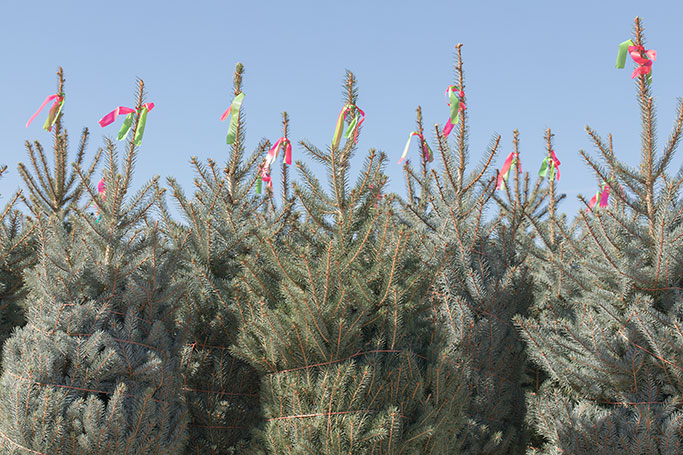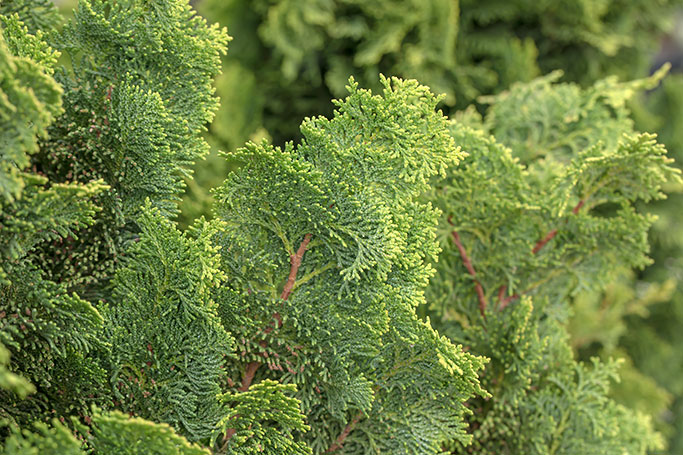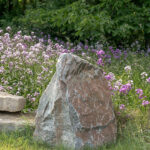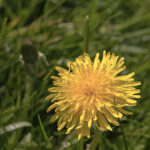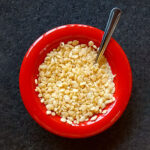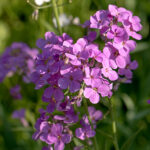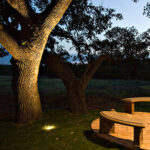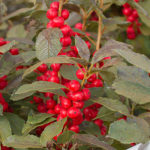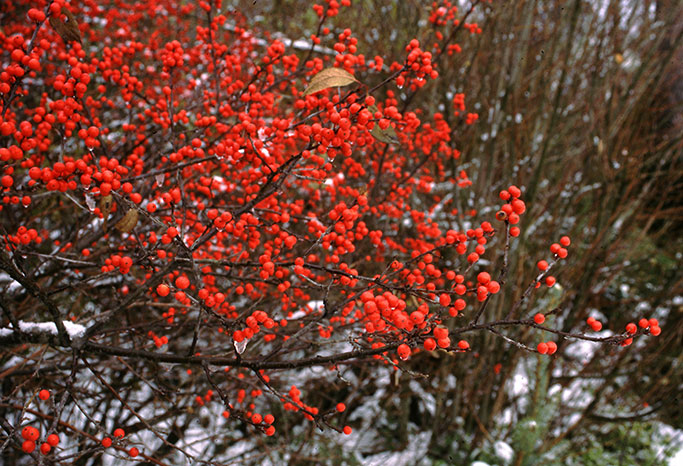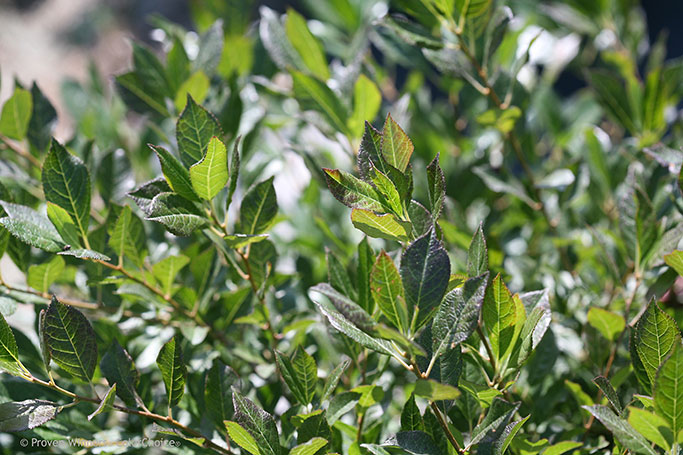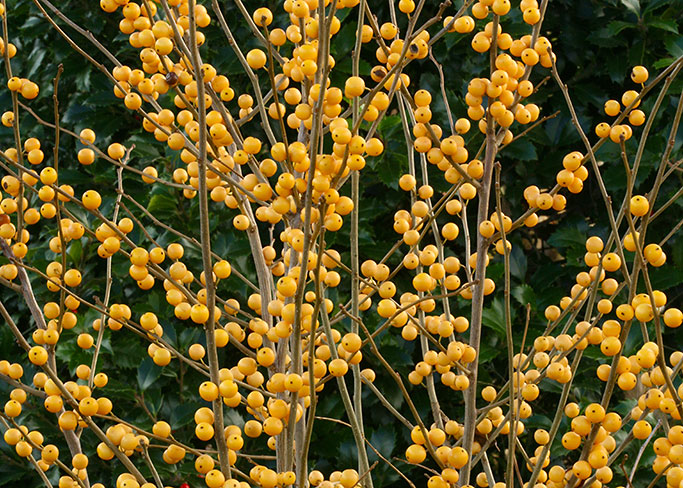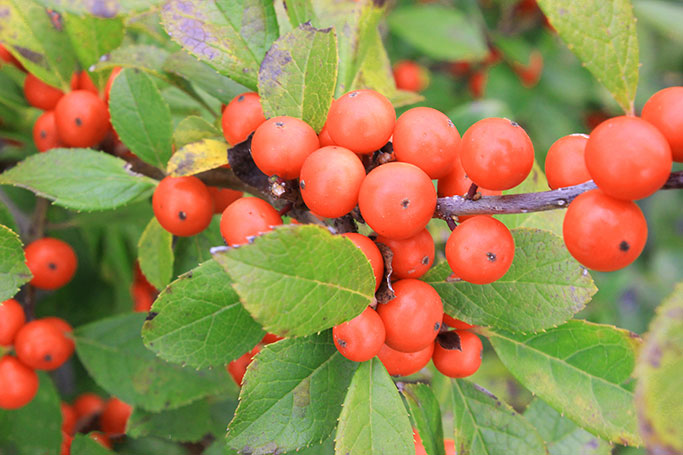All good things in life come from a bulb, isn't that how the saying goes? Okay, maybe not, but that is certainly true with Lilium! Planted in the spring (or fall), and returning every year, lily bulbs come in many different colors, and sometimes have a speckled or brush stroke pattern.
Lilium (Garden lilies) begin blooming in late spring, beginning with the Asiatic hybrids, and the distinctive fragrance of Oriental lilies on a summer breeze is sheer delight. With a little planning one can have lily in bloom for much of the season.

At Christensen’s Plant Center, we carry many lilies. One favorite is the Asiatic hybrid ‘Matrix’. This dwarf variety will only get 16” tall, and is a vibrant red with an orange brush mark in the center. We also carry tried-and-true Oriental Lily ‘Casa Blanca’ which gets 3-4’ tall. The highly fragrant pure white blooms are perfect for a classic look.

This year, we’re excited to offer three new Lilium combination pots. We’re loving the Asiatic Pot Lily Looks™ ‘Patio Sunrise Combo’ featuring yellow, pink, and orange dwarf varieties (14-16”). This will give you a fun mix that is perfect for a patio planter or cut flower bouquet.

The second is Asiatic Pot Lily Looks™ ‘Bloom Extensions™ Orange’. Lily flowers, though stunning, are usually short lived, but with Bloom Extensions™, you could get over 6 weeks of color. Two orange-flowering varieties, carefully selected to harmonize, have been potted together. The flowering times are offset, giving a seamless show of color. This is a great way to extend the display in your client’s landscape. This is an ultra dwarf combo reaching only 12-14”.

The third is Asiatic Pot Lily Looks™ ‘Bloom Extensions™ ‘Red & Yellow’. This stunning pairing of the yellow and red-speckled ‘Tiny Nugget’ (early, 14”) and the deep red ‘Tiny Rocket’ (later, 16”) is a real showstopper.
All the Lily Looks™ varieties have been selected for massive flower production, a short, compact habit, and suitability for container growing. Quantities are limited, and the grower has sold out - don't miss these!

Whether you are looking for something unique or classic, our selection of Lilium has just what you are looking for.

